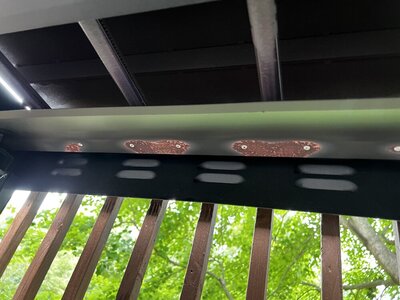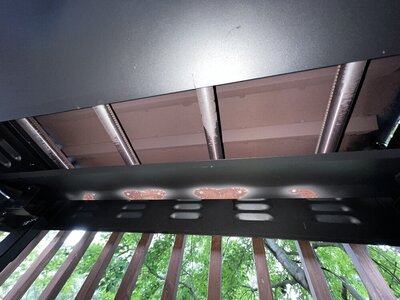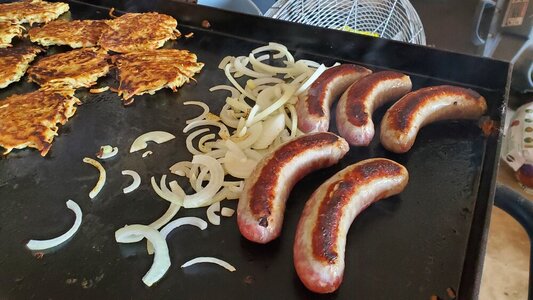Had my griddle for a little over 2 years. Have a top and keep it covered too. Was out cleaning it up today and noticed the storage shelf underneath looked real dirty. After wiping it down I noticed the paper towel looked orange. The rust was on the storage shelf but the shelf wasn’t rusting. I look up underneath and the entire bottom of the cook top is rusted. I always keep it wiped with oil too. Is this normal?
I assume moisture in the air has caused this because it’s raw steel and their is no way to oil the bottom of it unless you take the whole thing off. That’s a major pain. Also some more rust on what appears to be a heat shield. Are these blackstones like everything else and meant to be throw aways after a few years? Or is this normal?
I assume moisture in the air has caused this because it’s raw steel and their is no way to oil the bottom of it unless you take the whole thing off. That’s a major pain. Also some more rust on what appears to be a heat shield. Are these blackstones like everything else and meant to be throw aways after a few years? Or is this normal?







